As I sprinted across the flower-rich meadow on the eastern coast of Cyprus, I could barely see my car. The air was full of tiny black dots, pelting like bullets past me. I hauled open the car door and breathed a sigh of relief once inside. I was surrounded by millions of flies, amid the most incredible migration event I have ever seen.
The migration cameras my team and I use to monitor these insects counted nearly 6,000 flies per metre per minute. Being hit by a fly travelling over 25mph (helped by the wind) hurts enough to make you want shelter quickly.
All of these flies had just travelled at least 60 miles (100km) across open sea from the Middle East to Cyprus. This journey forms part of their springtime migration towards northern Europe.
Butterflies and dragonflies are well-known insect migrants, but not because they’re the most numerous. That title is given to the flies. I have studied all of the insects migrating through Cyprus and the Pyrenees on the France-Spain border. Flies make up nearly 90% of all migrants. Yet they have been consistently overlooked by scientists and their ecological contribution has been hugely underappreciated.
My colleagues and I set out to change this. We have spent months collecting written sources that mentioned fly migration from anywhere in the world. Our findings, now published in Biological Reviews, could change our perception of flies forever. Previously, nobody really knew the extent to which flies migrated, yet they are the most numerous and most ecologically important of all terrestrial migrants.
Scarlett Weston
Fly migration has been part of written human history for millennia. In the book of Exodus, when the pharoah of Egypt didn’t let Moses’s people go, God sent a plague of flies to change his mind. Then God removed flies from the land until “not a fly remained”. This last biblical quote is key.
If these flies had been misidentified mayflies coming out of the river Nile, which are known to amass in huge numbers, their exhausted bodies would have remained for days. Because they all disappeared without a trace, this suggests a huge migration of flies. Egypt is on an important fly migration route. So perhaps fly migration was significant enough to be the subject of divine intervention.
Flies migrate to reproduce, moving to exploit seasonal food resources. All over the world, it’s mostly females that migrate. They have been recorded migrating through mountain passes high in the Himalayas, on ships hundreds of miles out to sea in the Gulf of Mexico and in their millions migrating through western Europe. Amazingly, while on fieldwork in the Maldives, I saw Forcipomyia midges use their soft foot hairs to stick to dragonfly wings to hitch a lift over the Indian Ocean.
Vital roles
Flies are so important to the planet and to us. No other group of terrestrial migrants (including vertebrates such as mammals) are as ecologically diverse as flies. More than half (62%) of all migrating flies, including hoverflies, are pollinators. Without them, food crop production would decline.
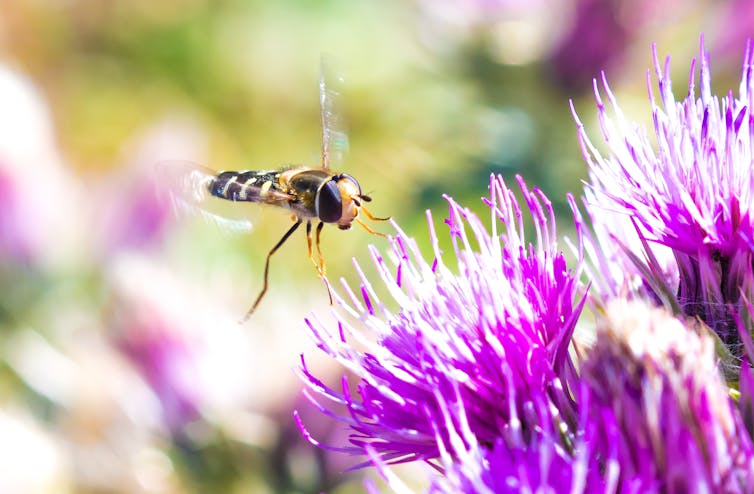
Will Hawkes
As they migrate, flies transport and disperse pollen between flowers. This could help plants adapt to climate change by maintaining genetic diversity.
Many migratory fly species (34%) are decomposers, ensuring the planet isn’t covered in rotting carcasses and animal dung. One study showed that the larvae of just 50 houseflies (Musca domestica), – the very ecologically similar and equally abundant autumn housefly Musca autumnalis migrate south through the Pyrenees in their millions – can decompose up to 444kg of pig manure.
The ecological roles of flies are not all positive, though. My latest study shows that monoculture crops provide lots of food for some migratory fly species (18%) that have subsequently become crop pests. Some (16%) carry diseases, such as mosquitoes that migrate huge distances and bring diseases such as malaria.
But migratory flies have an overwhelmingly positive impact on the planet. Hoverfly larvae eat trillions of aphids each year in southern England. Insect migration is already known to be the most important way that the nutrients plants need to grow are moved across the land and flies make up the majority of the insects that transport the nutrients.
The movement and subsequent death of trillions of migrating flies, whose bodies contain elements, such as phosphorous and nitrogen which plants need to grow, could be vital to soil health of the soils too. Migratory birds have been noted feeding on and moving at the same time as migratory flies, perhaps using them as fuel for their journeys.
We’re only just waking up to the significance of flies. Hopefully, it’s not too late to protect them. One German study found that the number of aphid-eating migratory hoverflies declined by 97% over the last 50 years. Fewer aphid-eating hoverflies means more crop-eating aphids and also fewer pollinators. So that’s a terrifying statistic that could have drastic consequences.
A sunrise of hope exists, however. These brilliant migratory flies have so many young that if we improve landscape connectivity, reduce pesticide usage and provide suitable habitat, they can bounce back really quickly. We need these flies as much as we need the air we breathe. So next time you see a fly up against your window, open it and let it out. It has a long way to go and such important work to do.

Don’t have time to read about climate change as much as you’d like?
Get a weekly roundup in your inbox instead. Every Wednesday, The Conversation’s environment editor writes Imagine, a short email that goes a little deeper into just one climate issue. Join the 40,000+ readers who’ve subscribed so far.
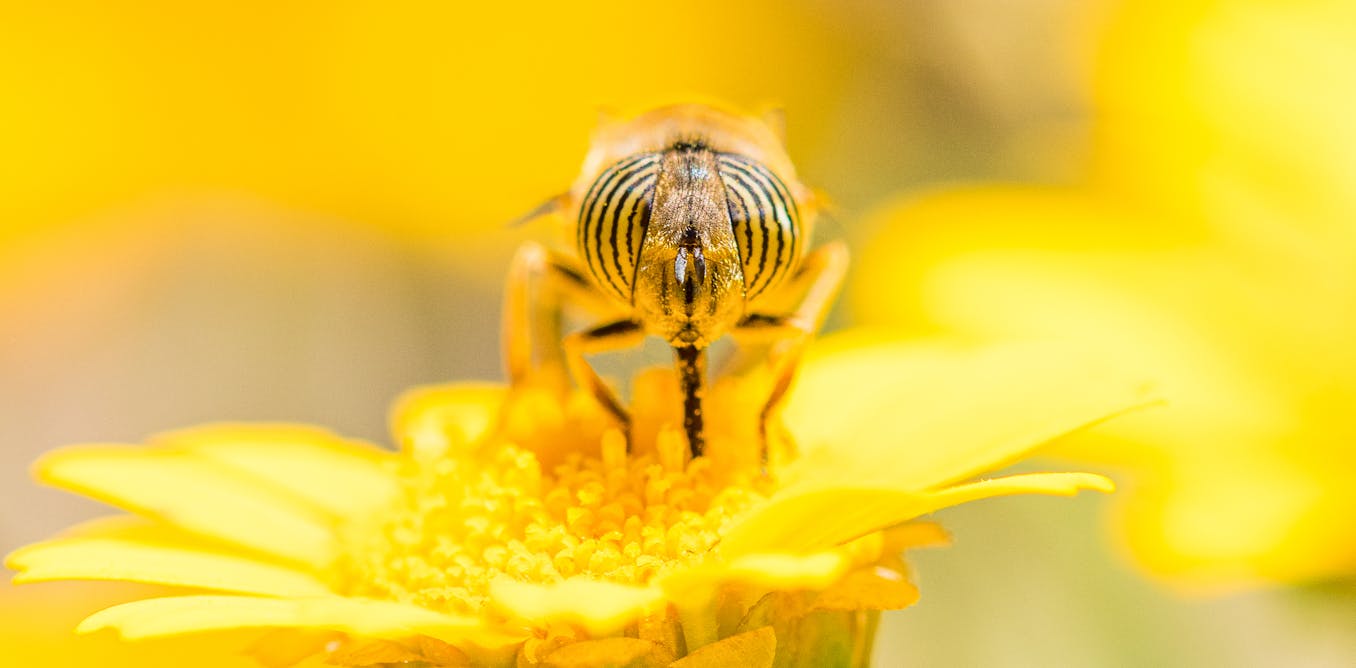
The post “Flies are masters of migration – it’s about time they got some credit” by Will Hawkes, Insect Migration Researcher, College of Life and Environmental Science, University of Exeter was published on 04/02/2025 by theconversation.com





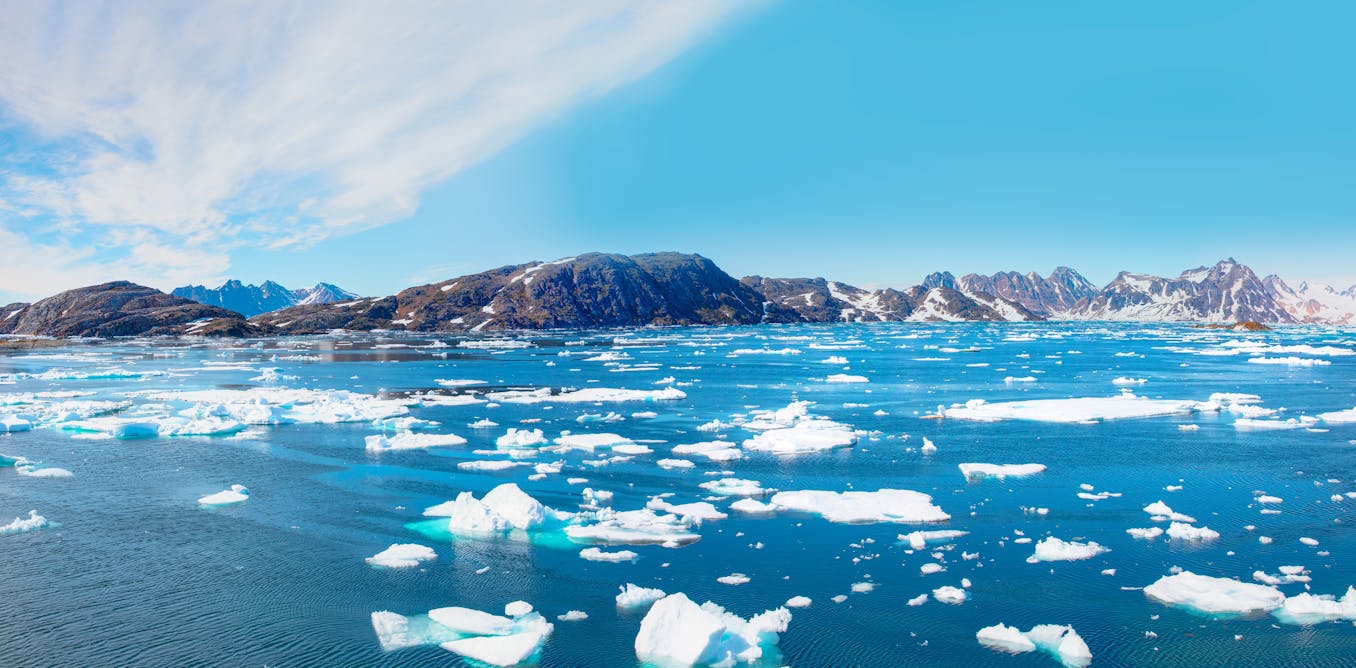




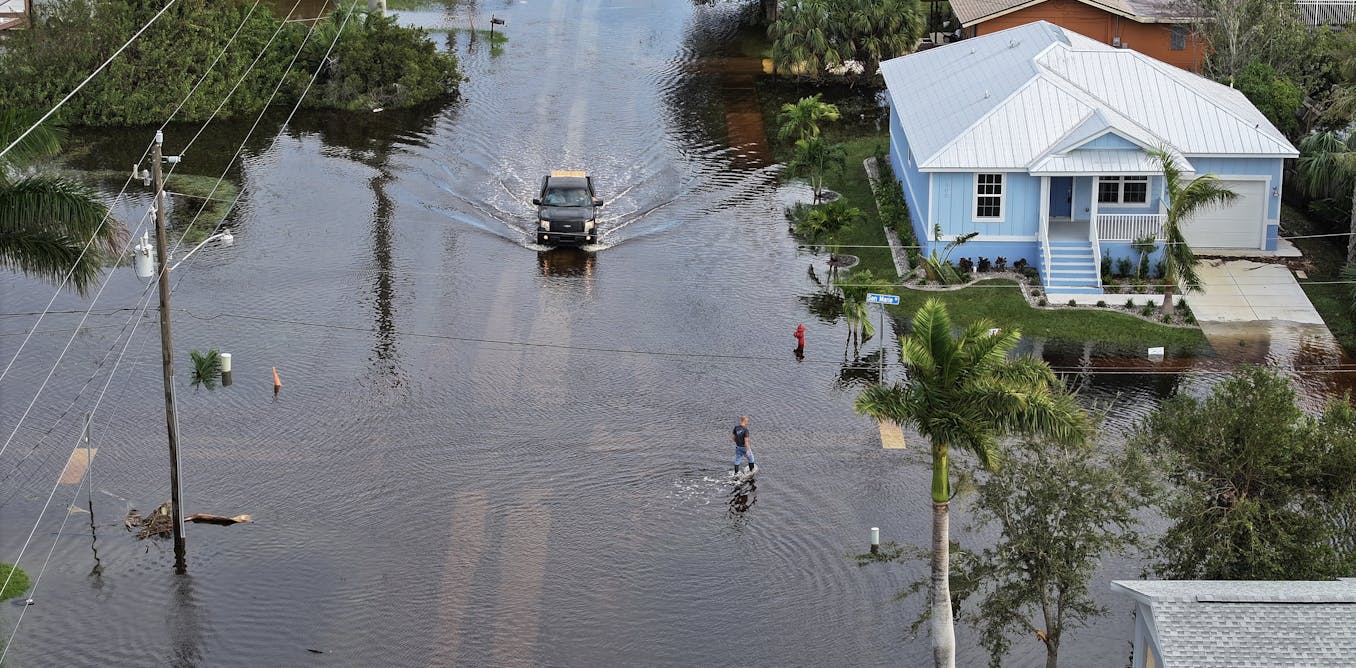
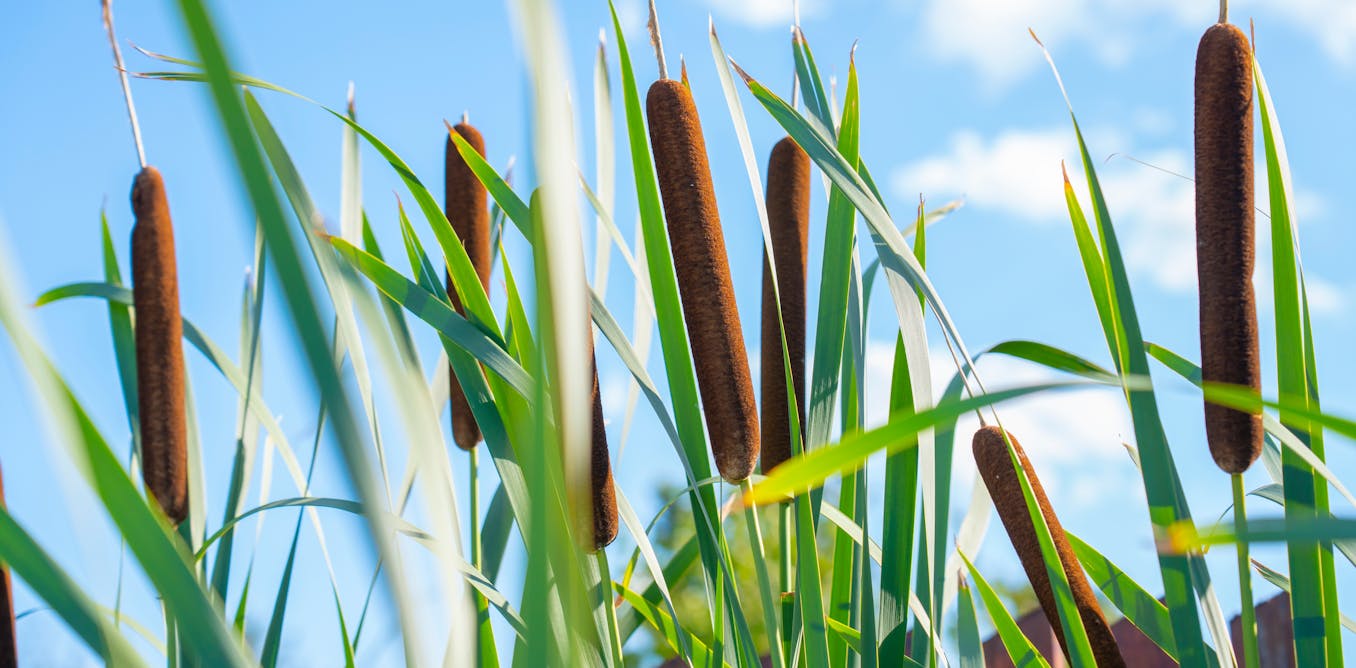

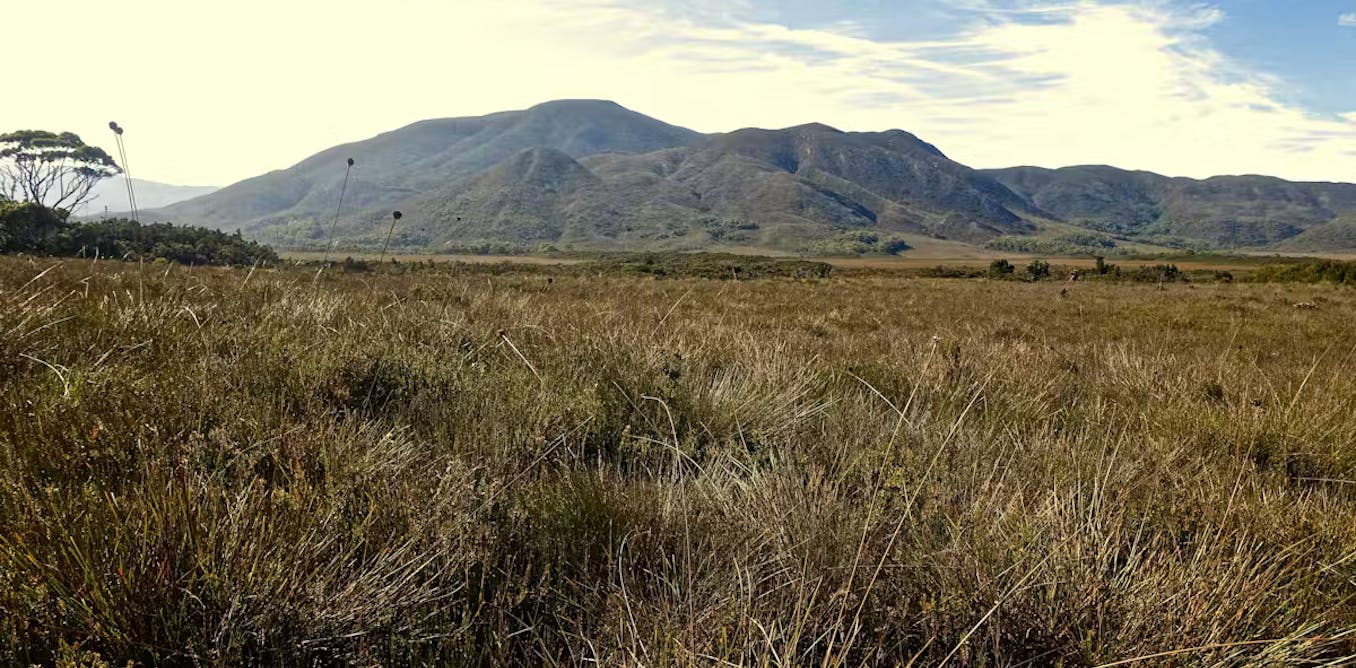













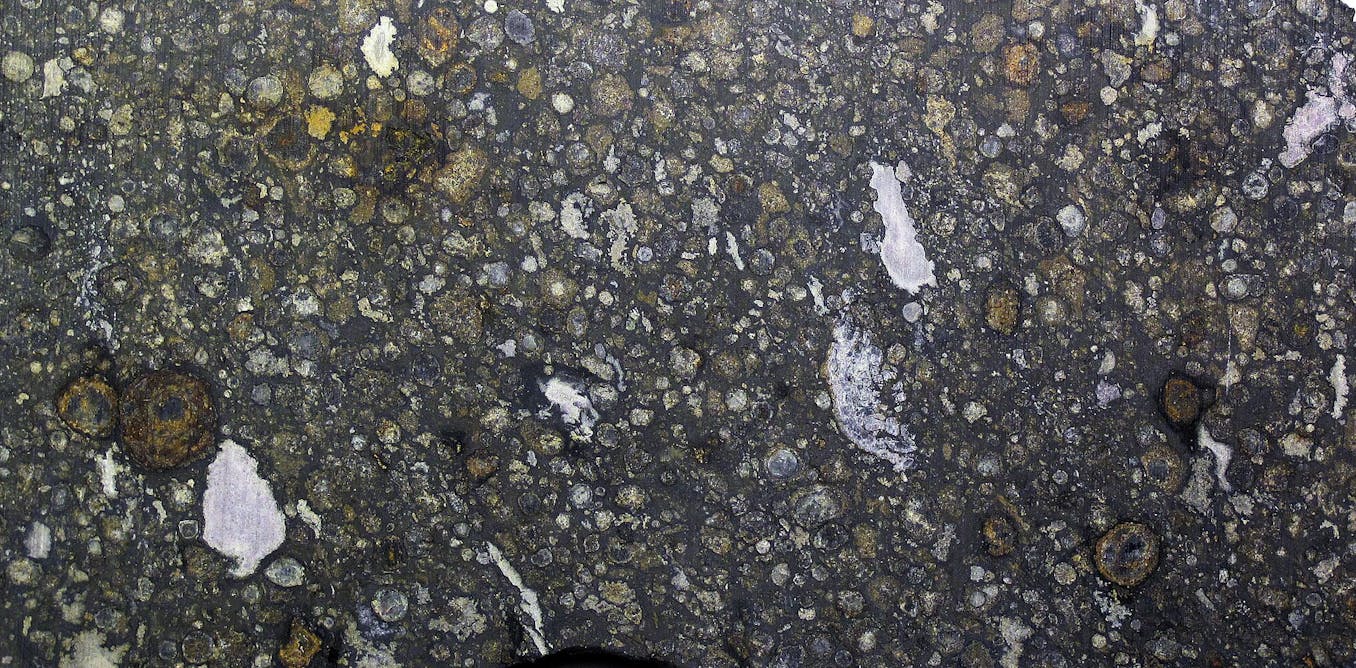



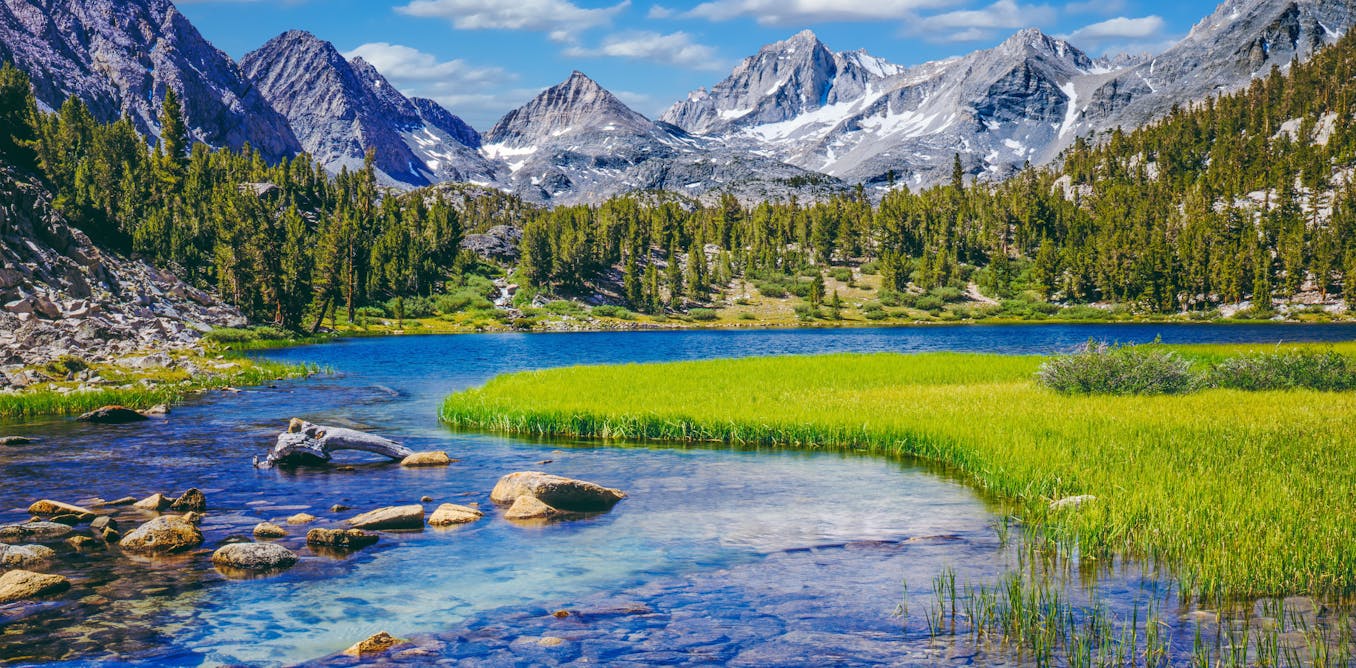
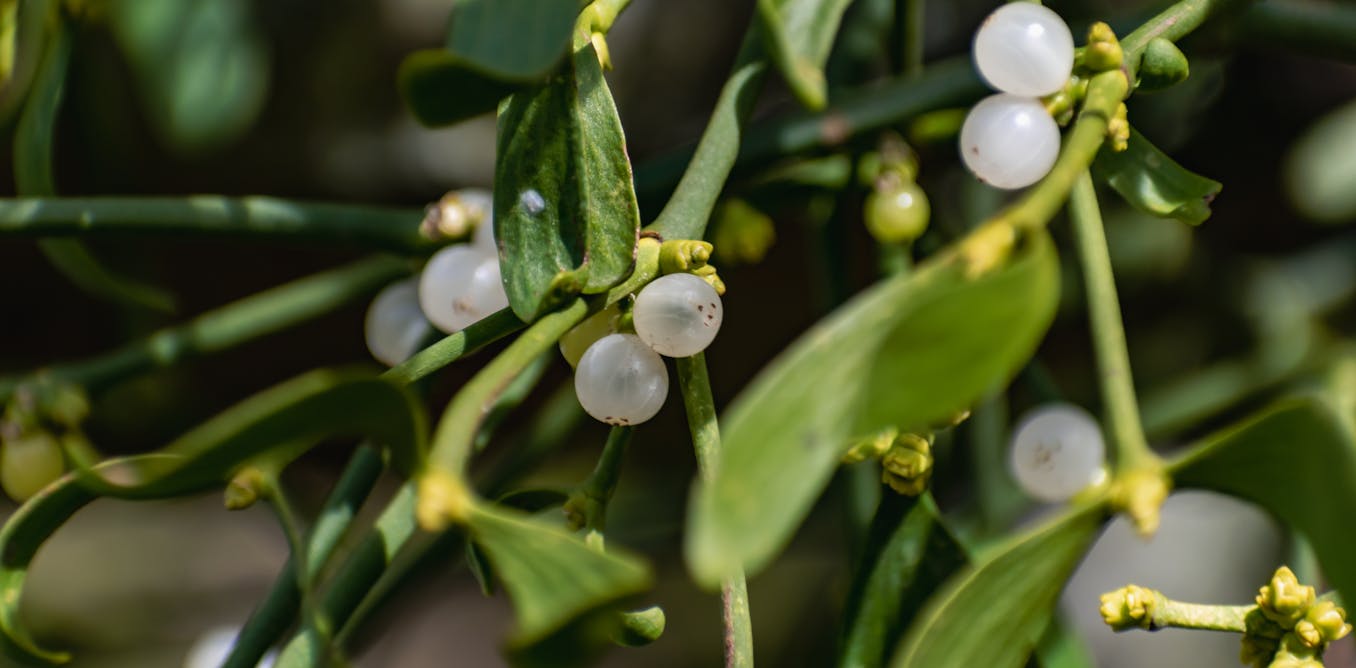

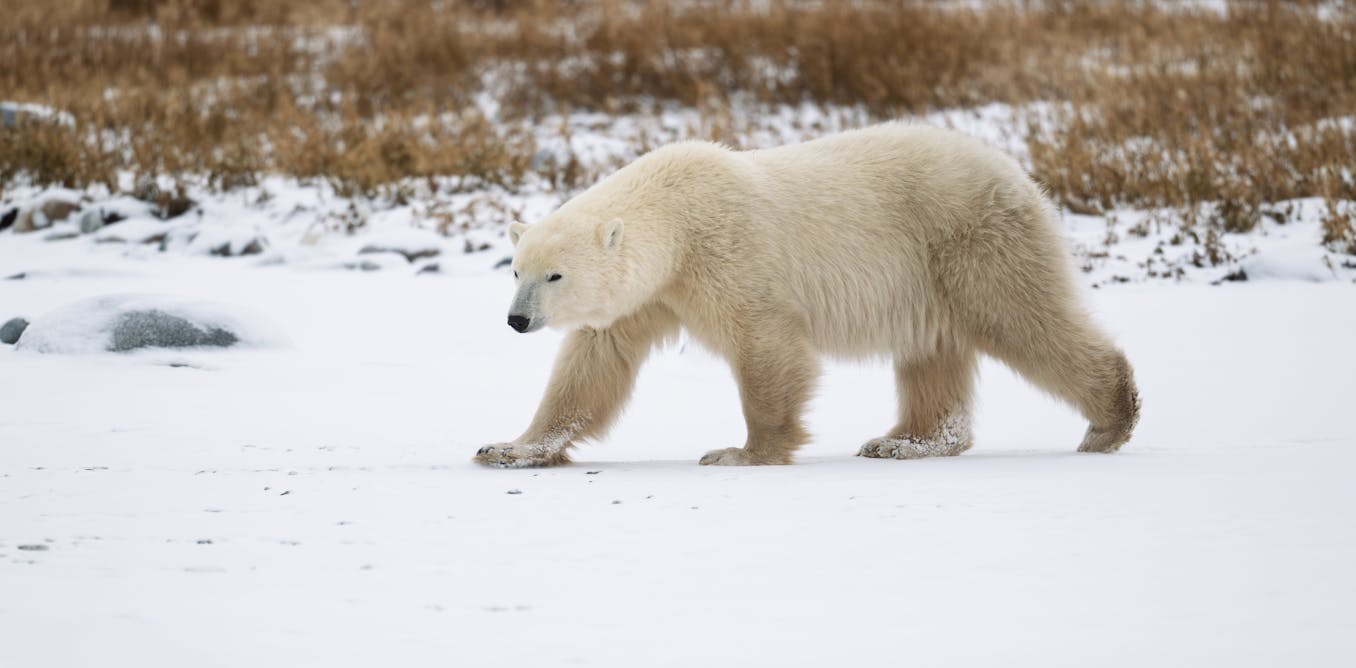
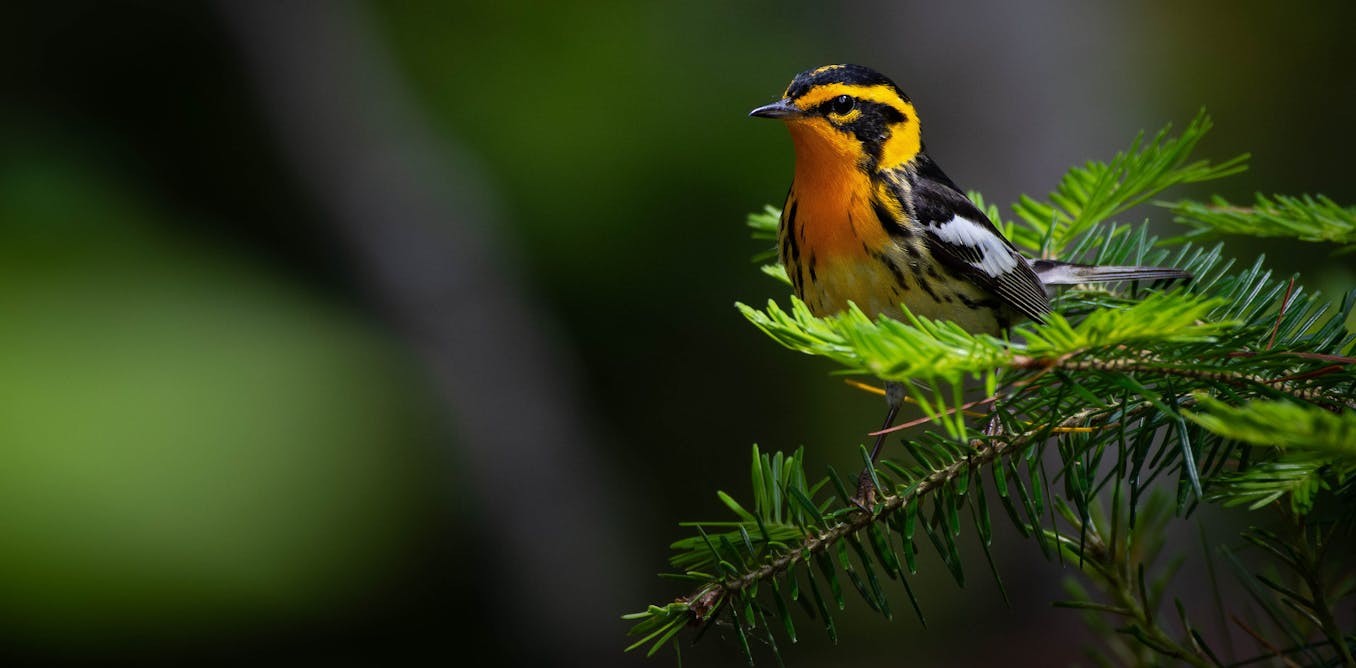

Leave a Reply